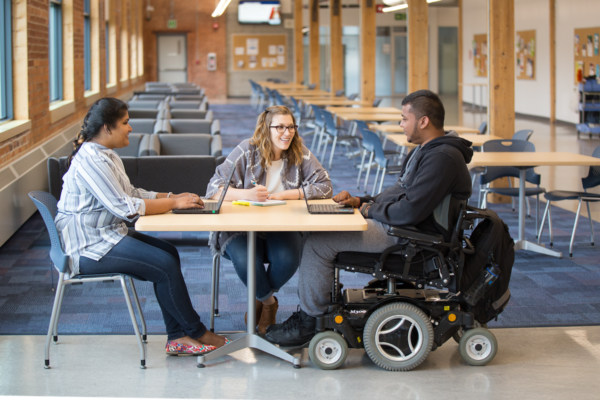The Overlooked Challenge of Second- to Third-Year Retention
Title: More to the Retention Story: Exploring Second- to Third-Year Retention at 4-Year Colleges and Universities
Authors: McCall Pitcher and Kelle Parsons
Source: American Institutes for Research
For many years, the higher education community has prioritized first-year retention as an indicator of potential student success. This is primarily due to its role as a predictor of completion and its extensive representation in federal databases like the Integrated Postsecondary Education Data System. Using data from the Postsecondary Data Partnership, which includes 17 diverse four-year institutions across the United States, the American Institutes for Research has published a new brief advocating for greater emphasis on second- to third-year retention metrics.
Key findings from this brief include:
- On average, 23 percent of students do not progress from the first to the second year. An additional 10 percent choose not to continue from the second to the third year, totaling a 33 percent drop-off over the first three years. The departure during the second year amounts to almost half of that in the first year, highlighting the second year as another crucial transition point.
- After the third year, departures become more infrequent, with an average dropout rate of only 3 percent from the third to the fourth year. This suggests that students who successfully complete their first three years of college are highly likely to graduate.
- Trends in student retention and dropout rates are consistent across age, race/ethnicity, Pell Grant status, and whether students’ entered college as first-time full-time students. However, a slightly higher departure rate between the second and third year of study is observed among Black (3 percentage points higher) students, Latino (1 percentage point higher) students, and Pell Grant recipients (2 percentage points higher) when compared to White students and non-Pell Grant recipients, respectively.
The brief highlights that the 10 percent of students who depart after their second year should not be ignored. These students have invested time, effort, and finances into their education. Despite the prospect of incurring additional costs and potentially accruing more student loans, these students have chosen to return for a second year, demonstrating their strong intention to graduate. Their decision to leave college after such a commitment is concerning, representing a substantial loss for both the students and the institutions. As the brief points out, retaining this group of students can significantly improve four- or six-year graduation rates, metrics that play pivotal roles in state and federal accountability frameworks. Institutions could diagnose specific reasons for these departures and reevaluate their support structures.
To read the full brief, click here.
—Alex Zhao
If you have any questions or comments about this blog post, please contact us.

